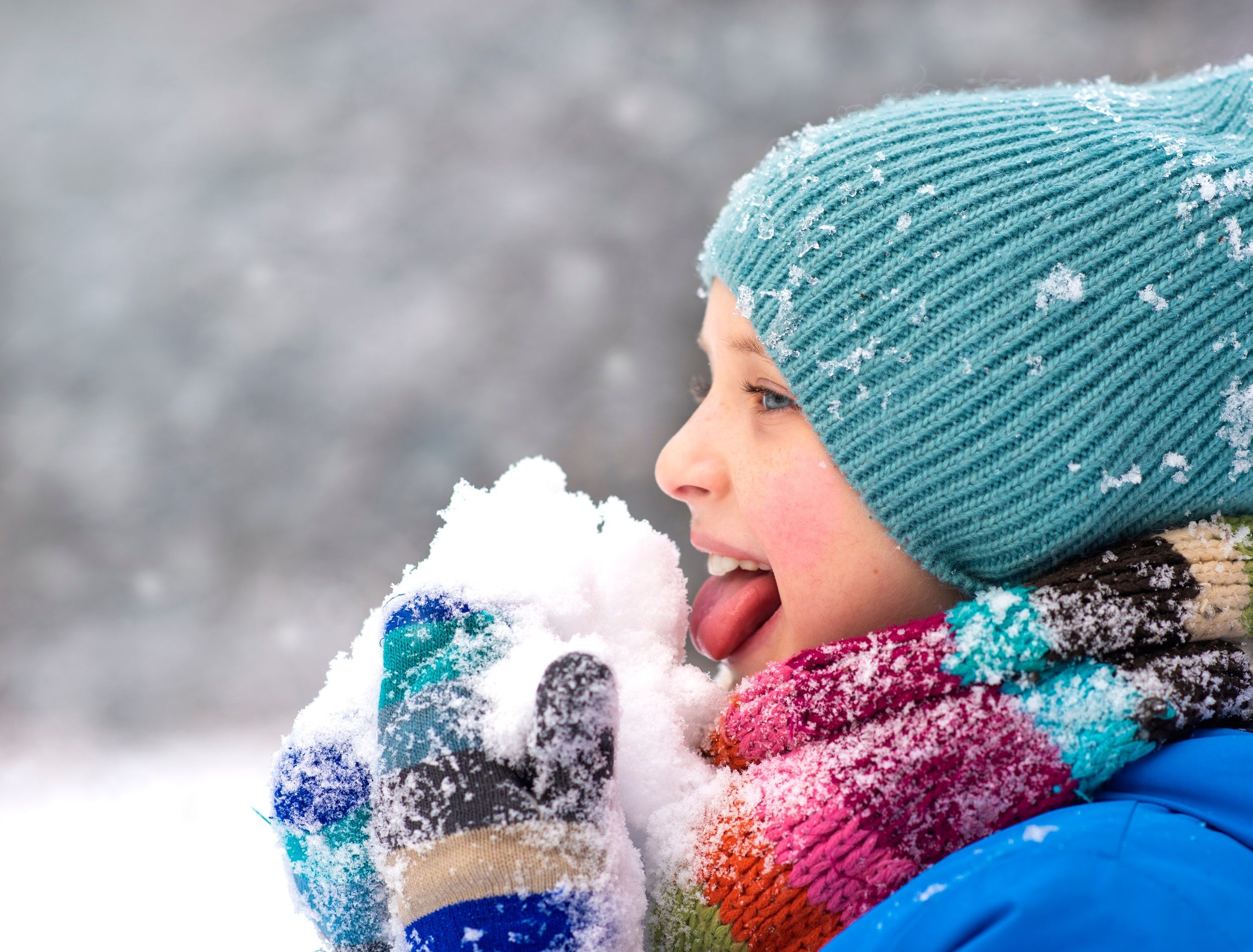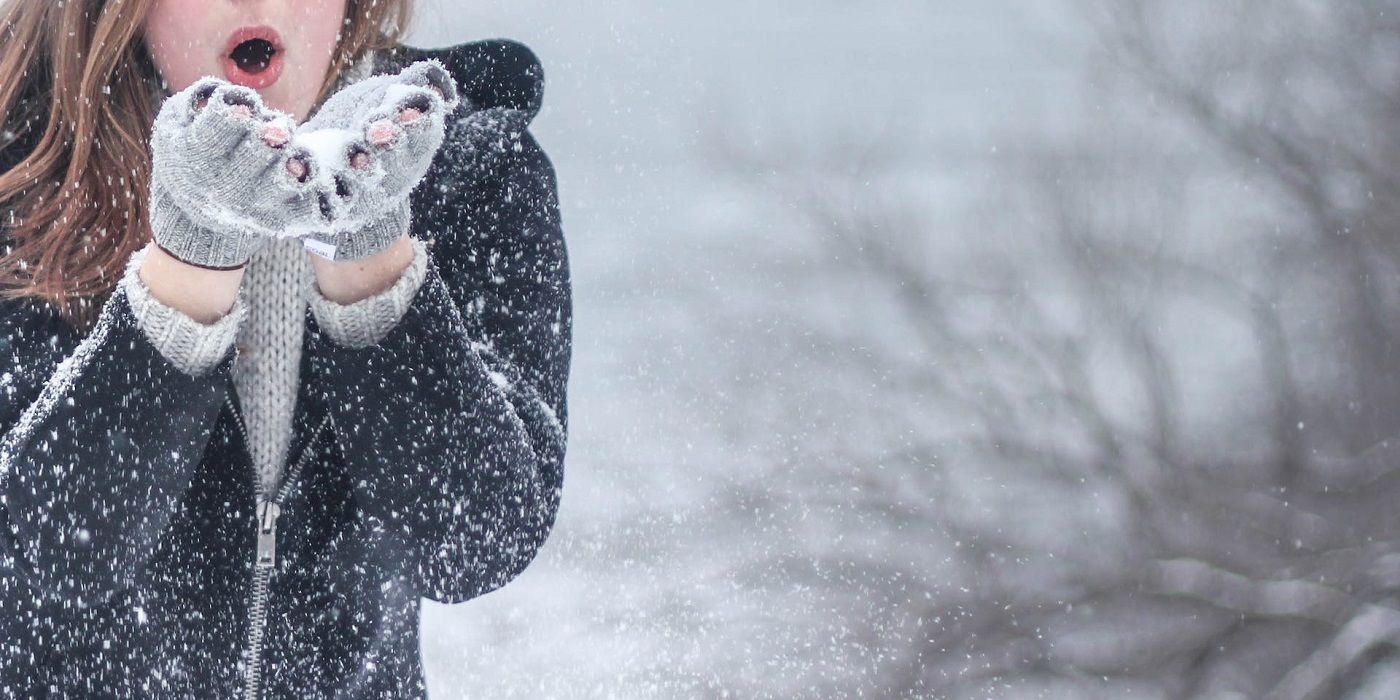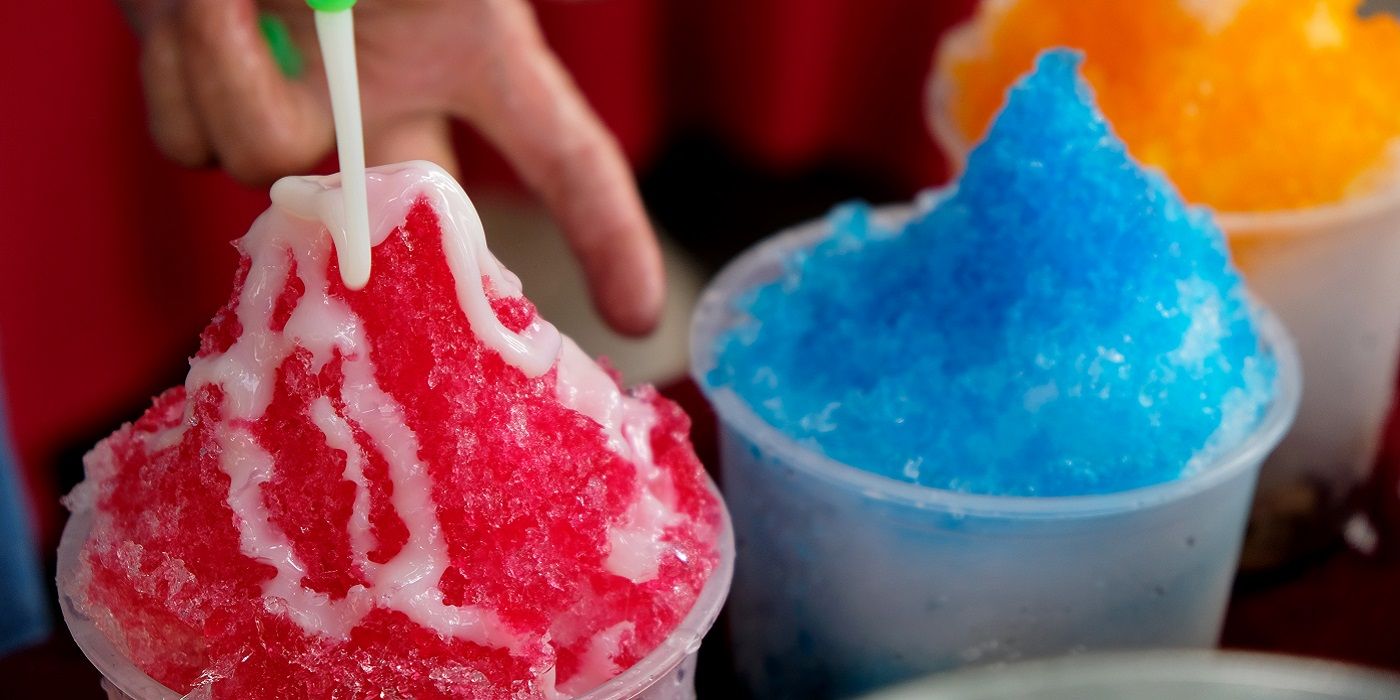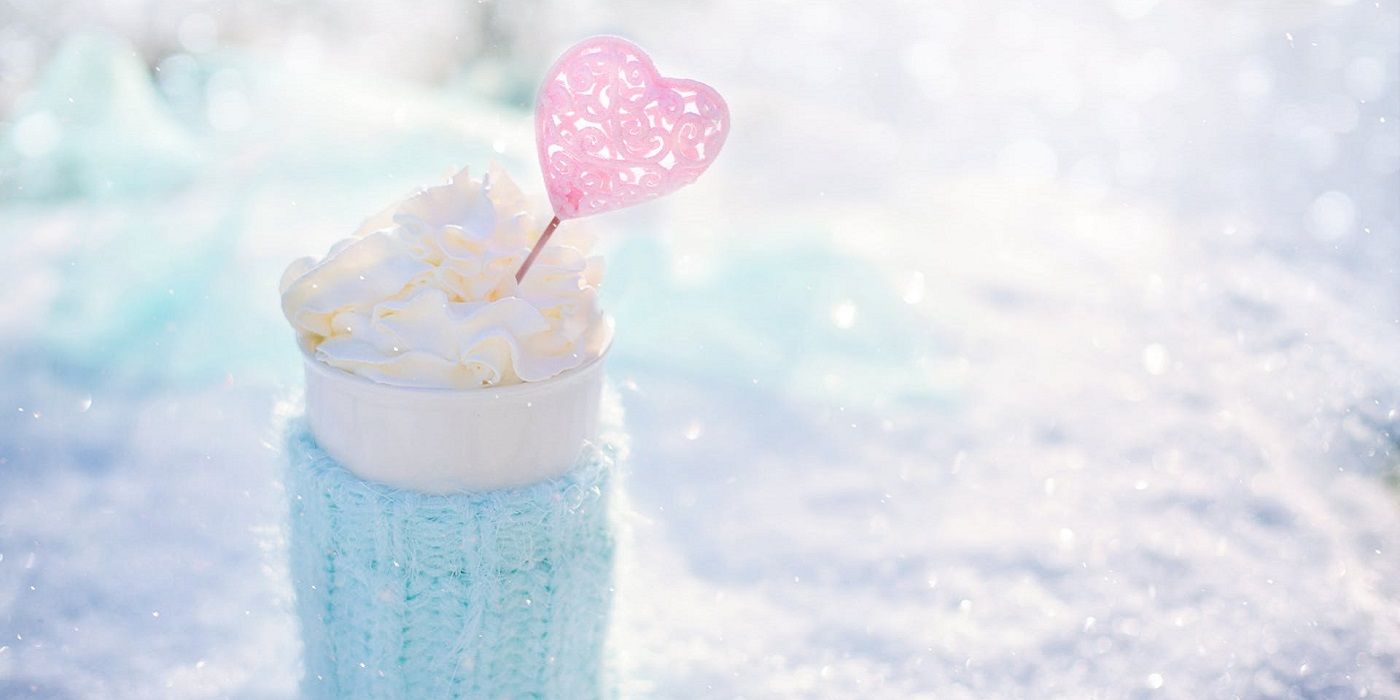Key Takeaways
- Snow is already purer than tap water, but as it falls to the ground, it picks up pollutants and contaminants from the air and surroundings.
- Eating contaminated snow can lead to symptoms like fever, vomiting, and stomach pain, although the pollutants are usually below toxic levels.
- In a survival situation, eating snow can help with hydration, but it also lowers body temperature and can cause hypothermia.
If snow cones have taught the world anything, it's that eating snow can be delicious. There are countless jokes about it and pretty much everyone has, at least once, tilted their head back to catch snowflakes on their tongue. But the cold reality of eating snow is that you shouldn't.
Cold, pretty, soft, snow looks like something you should be able to eat and, in the case of snow cones and shaved ice and other similar treats, it is. But actual real snow that falls from the sky is full of the kind of pollutants people should not be putting into their bodies...and that's just the beginning of the story of why eating snow is so bad for you.
No Two Snowflakes Are Alike
What is snow and how is it formed?
Snow is frozen distilled water that forms by absorbing water droplets in the atmosphere. The moment these droplets collide, they create snowflakes. If they are heavier than the air resistance, they start falling.
Because the snow is frozen distilled water, it is already purer than any other precipitation and technically, snow is even purer than your tap water.
However, before it gets to the ground, it has to go through the air first. Unfortunately, the air often contains dirt, tiny bacteria, or other undesirable substances. Because of that, once snow falls to the ground, it is polluted. Ice freezes with a crystalline-like structure, a shape that effectively locks in pollutants that contaminate the flakes on their way down. Once snow hits the ground, it will mix with pollutants like pesticides and other contaminants found in soil.
The longer it stays on the ground, the more snow absorbs all contamination from its surroundings, such as dirt, microbes, and chemical debris. With each passing hour, the snow becomes less and less suitable for consumption.
- As snow travels through the air, it is exposed to various pollutants, including algae, bacteria, and chemicals.
- Carbon emissions in the air get trapped in the ice crystals as snow falls.
- Particles from animal waste and chemicals from salt treatment trucks end up in the snow as it gets closer to the ground.
- Once it comes into contact with the crystalline structure of the snowflake, the pollutant is locked in.
What Happens When You Eat Bad Snow?
Can you get snow sick from contaminated flakes?
The amount of pollutants in snow is, of course, extremely small. However, you can still suffer from some very real symptoms if you eat contaminated snow. You could experience fever, vomiting, stomach pain, and other symptoms. You may even be poisoned by snow, which can lead to an irregular heartbeat, a burning sensation in the mouth, headaches, and more.
The pollutants that stick to snow are below levels that would be considered toxic. In moderation, eating snow should not be harmful, but there is always a risk when you ingest harmful chemicals, bacteria, and pollutants.
The Other Risk of Eating Snow
When you're not doing it for the joy of homemade snow cones, there is another reason to eat snow: survival. In a survival situation, snow can be a true life-saver if finding water has been a problem. However, eating snow is dangerous because it can cause hypothermia. The snow lowers body temperature, which increases your risk. It takes your body a lot of energy to melt snow once ingested, which can lead to dehydration.
The Low Key Winter Treat
Is there a right way to eat snow?
Some people have fond memories of eating snow. In northern areas of the US where snowfall is common through winter, there are a number of home recipes involving fresh snow. Some say that mixing raw eggs, sugar, and cream with fresh snow creates a delicious homemade ice cream. Many people harvest fresh snow right from the air to put in cocktails and other cold treats.
You should never eat snow that is any other color than white. Colored snow has been contaminated by dirt, automotive fluids, and other debris and pollutants you do not want to eat.
If you're going to eat snow, there are ways to do it that are safer than others. Since snowflakes catch pollutants in the air on their way down, wait until the snow has been falling for an hour or longer before you collect it. Snow actually cleans the air on its way down, so the flakes collected at least an hour into the snowfall will be relatively "cleaner" than the first snow that falls from the sky during a winter storm.
Snow that has been plowed, however, is definitely off-limits, as it contains many chemicals and pollutants like sand.
Eating Snow the Safe Way
To make it as safe as possible, you can eat snow in small quantities when it is freshest. Harvest it from the sky by catching it in a container or scraping away just the top layer, which is as far away from the soil as possible, and choose only the whitest and cleanest snow.
It's never a good idea to eat snow because the air is not clean and any number of pollutants could be floating in the atmosphere at any time. But if you must do it or want to do it, stick to basic safety measures to ingest only the cleanest and safest snow. When you can, just avoid it! Like many things that can technically be done, this is one that shouldn't.




